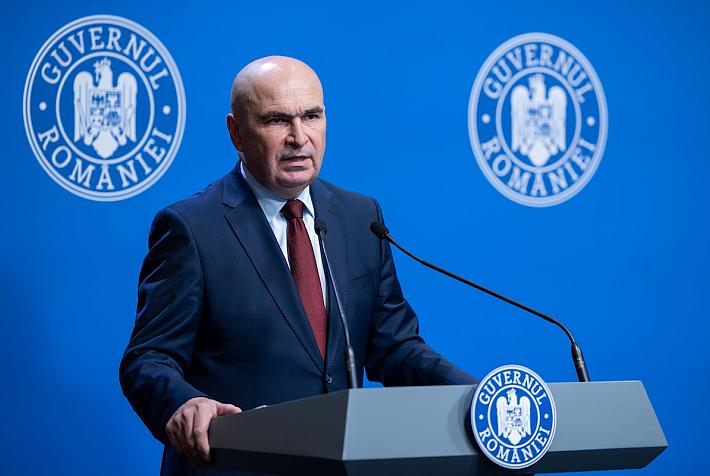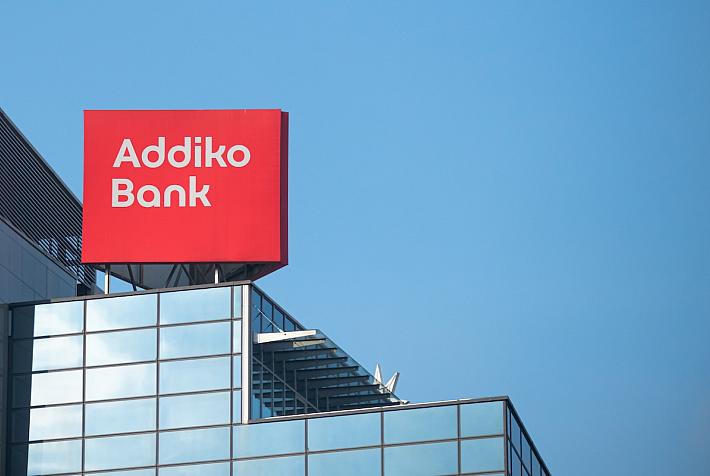PwC report predicts significant growth in global sports market
 Analysts from PricewaterhouseCoopers (PwC) see big increases in all sectors of the global sports market over the next five years. In their recently published report 'Changing the game: the Outlook for the Global Sports Market to 2015' the consultancy company suggests growth will vary from region to region and that social media, and the new associated marketing strategies, will play an ever greater role in the industry.
Analysts from PricewaterhouseCoopers (PwC) see big increases in all sectors of the global sports market over the next five years. In their recently published report 'Changing the game: the Outlook for the Global Sports Market to 2015' the consultancy company suggests growth will vary from region to region and that social media, and the new associated marketing strategies, will play an ever greater role in the industry.
PwC estimate that the global sports market will value over USD 145 billion in 2015, after an annual compound growth rate (CAGR) of 3.7 percent from the approximately USD 118 billion figure for 2011. The report cites “an improved economy, a rebound in TV advertising, the on-going migration of sports to pay TV and the resurgence of financial services and automobile companies to sponsorship,” as the main reasons for growth. When looking more deeply important differences in rate of growth region to region and changes to the market's nature are revealed. While North America will remain the largest market, followed by Europe, Middle East and Africa (EMEA), Asia and finally Latin America, the rate of growth is predicted to be highest in Latin America, at 4.9 percent CAGR followed by North America, at 4 percent. Although Europe, Middle East and Africa are set to experience slower growth upcoming major sports events will cause upswings in host countries within the region. In 2012 London will host The Olympics, Ukraine and Poland will host the European football Championships and in 2014 the Winter Olympics and Paralympic Games will be in Sochi and the Commonwealth Games in Glasgow. The report also considers the FIFA World Cup in Brazil in 2014 as a major contributor to Latin America's high projected growth.
PwC split the sports market into four segments – gate sales, sponsorship, media rights and merchandising, accounting for a diminishing share of the market respectively. The order of market share is predicted to remain the same, but some important changes are, and will be, occurring within these markets. Closely targeted sponsorship and advertising using social media is seen as an important evolution in this segment. The challenge will be accurately measuring the return on investments made in this field. New technology can provide new opportunities for holders of media rights to sporting events but, states the report, “in this increasingly digital world, rights holders are also struggling to keep control over where, and by whom sports content is consumed.”
As in the entertainment industry the role of technology is seen as vital, Ionuţ Simion, Partner, Tax and Legal Services, PwC Romania, concluded, “Across the world we’re seeing ever closer convergence between the sport and entertainment industries as both sectors rise to the challenges brought by digital technologies which are changing and shaping the way we spend our leisure time. And this new digital environment is significantly contributing to the globalization of both the industry and specific sports.”
Liam Lever, liam@romania-insider.com
(photo source: Photoxpress.com)











